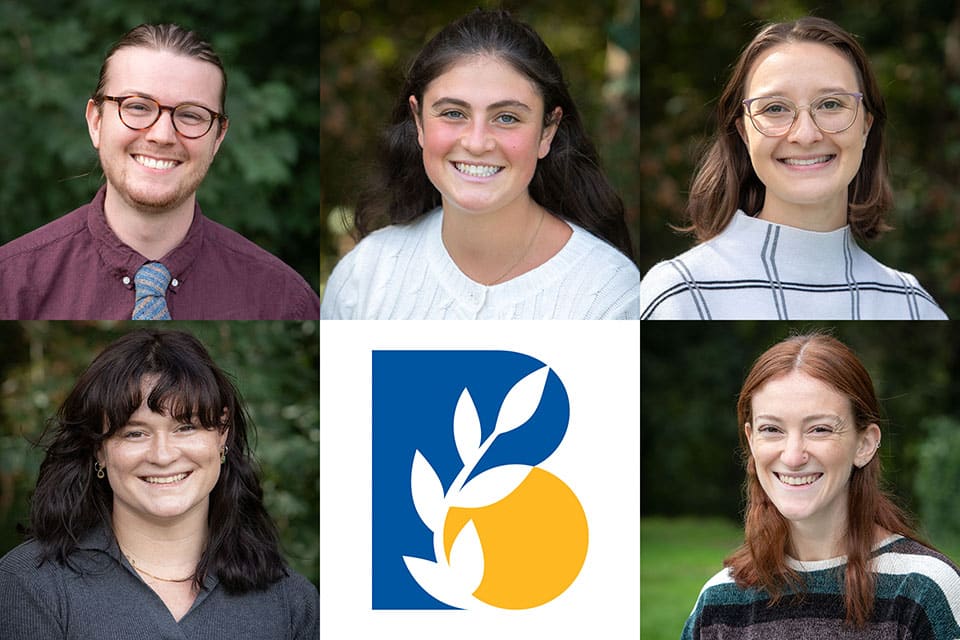Second Graders See Themselves, Classmates
In second grade, we have been working on building our community and using our collective intelligence to create norms and guidelines to ensure friendship, fun, and learning for all. After reading This Plus That, Life’s Little Equations by Amy Krouse Rosenthal, we created our own equation of 28 + 3 = 1 to illustrate our new community (28 amazing students + 3 dedicated teachers = 1 awesome second grade class). As part of our social studies curriculum, we began working on our self portraits to help represent the individuals in our community and to help us to understand ‘Who am I?’ as a part of ‘Who are we?’ To help us with this project, we read The Colors of Us by Karen Katz. We talked about the details and vibrant colors that Katz used in her illustrations while following the main character, Lena, as she travels through her community in the big city. We talked about the importance of respecting differences, embracing the beauty of diversity in every community, and learning more about all of the communities that we are a part of.
– Nancy Fell, second grade teacher
Grade 8 Math Starts with Many Pluses
To get the year started, students in the eighth grade standard math class launched into a unit on one-variable statistics. They spent one class early this week gathering data from classmates based on questions provided to them, then took note of how different types of questions generate different types of data (numerical vs. categorical or statistical vs. non-statistical). In the eighth grade enriched math (formerly known as accelerated math) classes, the first unit is on sequences, and students have spent time exploring visual pattern situations and considering the nature of the numerical sequences that can be generated from the images.
Throughout the school year, two curricula for the grade 8 math classes will address the same important Algebra I topics (exponential, quadratic, and other types of functions, systems of equations, one-variable statistics, etc.), with the sequencing, approach, and math textbooks being different to suit both classes. Having completed my first year here at BDS, I can speak firsthand to the power of these curricula–in their similarities and differences–to meet diverse student needs and to promote challenge, curiosity, and joy in all of our learners. I’m excited for a great year ahead!
– Rachel Starks Chaves, grade 8 math teacher and advisor
Arts Update: Sixth Graders Get Dramatically Creative
In our first theater class of the term, sixth grade students explored ensemble and improvisation skills. The first game, circle slap, asked students to follow a clapping pattern that required them to be aware of themselves and others. Another activity had students thinking on their feet as they came up with crazy answers to silly questions such as “Why do zebras like peanut butter and jelly?” In our final activity, the students formed shapes with their bodies. In the process of creating big, tiny, and twisted shapes, they explored how to make interesting stage pictures while collaborating with their classmates. The session concluded with a discussion about how these activities connect to acting and performing. Bravo, sixth graders!
– Susan Dempsey and Christopher Parsons, theater arts teachers
PE Update: Hula Hoopin’
A hula hoop may just be a large plastic circle, but hula hoops are one of the most versatile pieces of physical education equipment. You can hula hoop with them, of course, but you can also roll them, kick them, build hula huts, play tag, and use them to work on agility, footwork, and learning to stay in one’s own personal bubble.
This year in PE, many of our students began with a hula hoop unit. Our youngest learners got to explore space in a game called moon craters and practiced chasing and fleeing while remaining in their own space during games of bumper boat tag. Our older students practiced conflict resolution in hula hoop rock, paper, scissors, worked on communication and timing in the game of hunter hawks, got their flee on during hula hoop tag, and worked collaboratively during the hula hut relay. It was an epic display of our values in action and a great way to kick off the year.
– Alex Tzelnic and Abbey Nyland, physical education teachers







